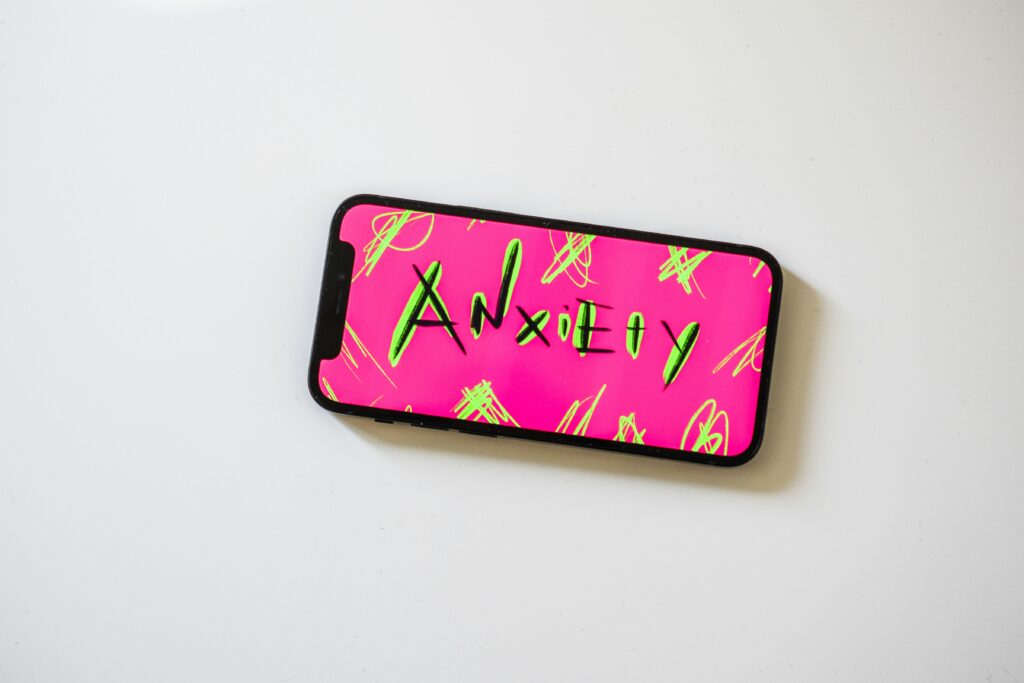Easy tips for more calm, compassion and connection
I believe a regulated nervous system is the secret to your career success. If you’re curious to know why, have a read here.
Here I’m going to focus on the practical tools drawn from Deb Dana‘s work on Polyvagal Theory to help shape your nervous system so that it can more easily find it’s way back to a Ventral state (where we access calm, purpose, joy, focus, connection).
These suggestions are suggestions – if your response to a suggestion is “ugh no”, trust yourself and choose another option on the list that you’re drawn to. You’re going to have a far more powerful toolkit if your tool of choice is appealing to you.
Top easy tips for lowering anxiety and agitation
If you struggle with the chaotic energy of your Sympathetic system (fight or flight), here are some suggestions to bring you back into balance:
- Exercise – moving the body helps discharge stress hormones and heightened energy of fight or flight.
- Imagining doing exercise. Really! Your brain doesn’t make much of a distinction between real and imagined states so even imagining movement will help you feel more resourceful.
- Using your breath. Sighing is the body’s natural way of bringing it back into balance and you can do this purposefully with some strong, audible sighing. Or you could spent two minutes focussing on extending your exhale e.g. in for 3 counts and out for 5 counts or in for 7 counts or out for 11 counts.
- Seek out a safe, trusted friend or family member to talk to. I’ve noticed a trend of people saying they ‘shouldn’t need other people’ to help them move out of a stressed/ agitated state. Don’t buy into this myth – connection with another trusted human (or pet!) is one of the most reliable ways we can feel like ourselves again. It’s called ‘co-regulation’ and it’s the way children learn how to eventually calm themselves down through the guidance of a trusted care-giver. We were never meant to do it all alone.
- Visualise your safe place. It might be the beach, the woods or your Grandma’s kitchen. Most of us have a space where we remember feeling particularly safe, secure or relaxed. Close your eyes and remember the sights, sounds, smells and sensations that were present in that place. You may have pictures or scents that remind you of your safe space that can guide you back there.
Journal prompts
- Who are the people in your life who can trust and feel safe in their presence?
- If you had to pick one, which practice would you start with?
- What will you put in place to remind you of this practice when you’re feeling stuck in fight or flight?
Will these tips ‘cure’ my anxiety?
If you’re feeling anxious, and there is a clear, short-term cause (like a disagreement with a colleague or a tight deadline) these tips are likely to give you relief and will help your feel more resilient.
However if you struggle with chronic, high levels of anxiety, these tools on their own are unlikely to give you the long-term, sustained feelings of calm and lightness that can be achieved through QCH Therapy. When I work with clients to let go of their anxiety, we also look at addressing the root cause of their issue, as well as strengthening their beliefs about their ability to cope and to feel safe in different situations.
If you’re curious to see whether QCH therapy can help you, you’re welcome to book in to my free, 30 minute clarity call.
